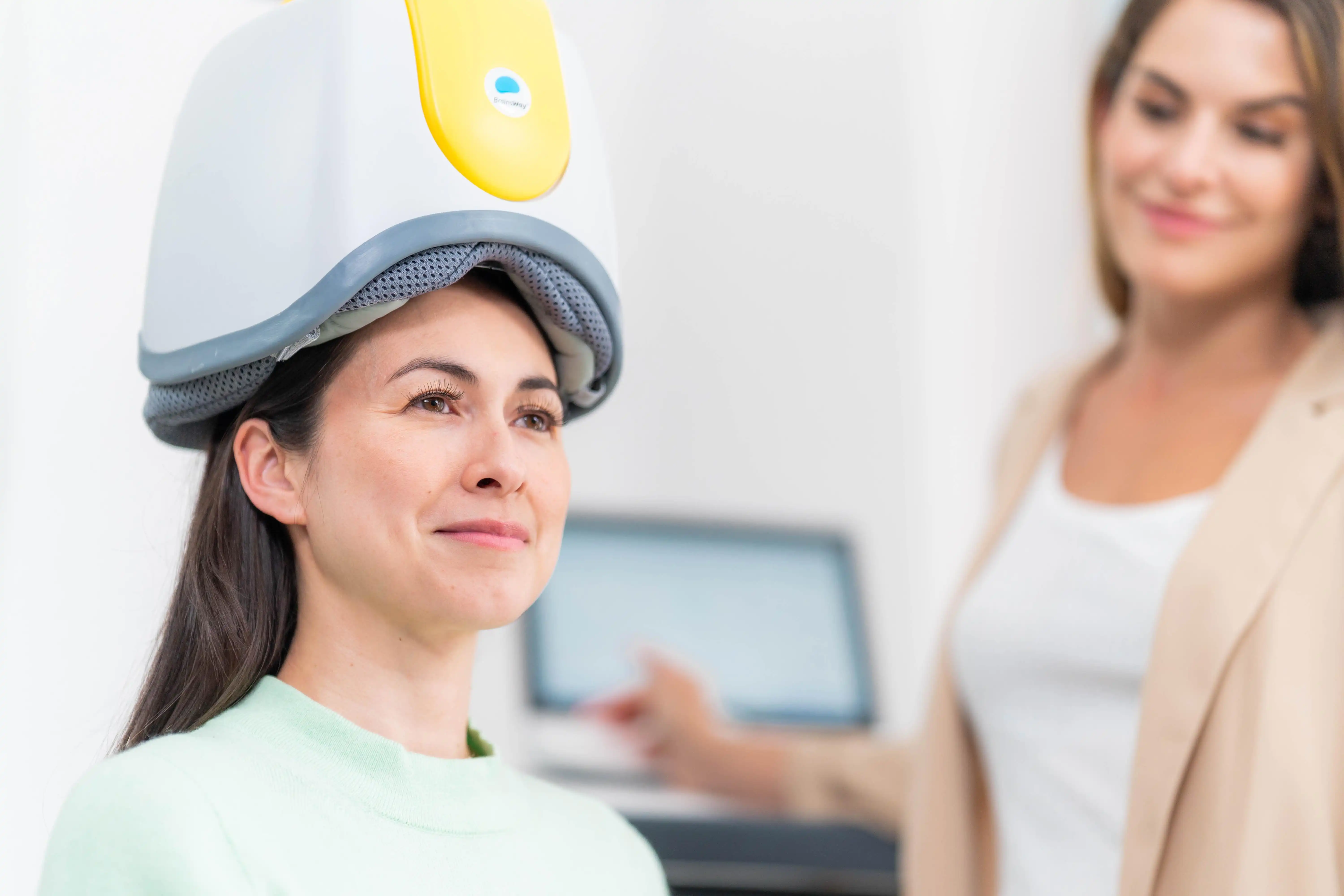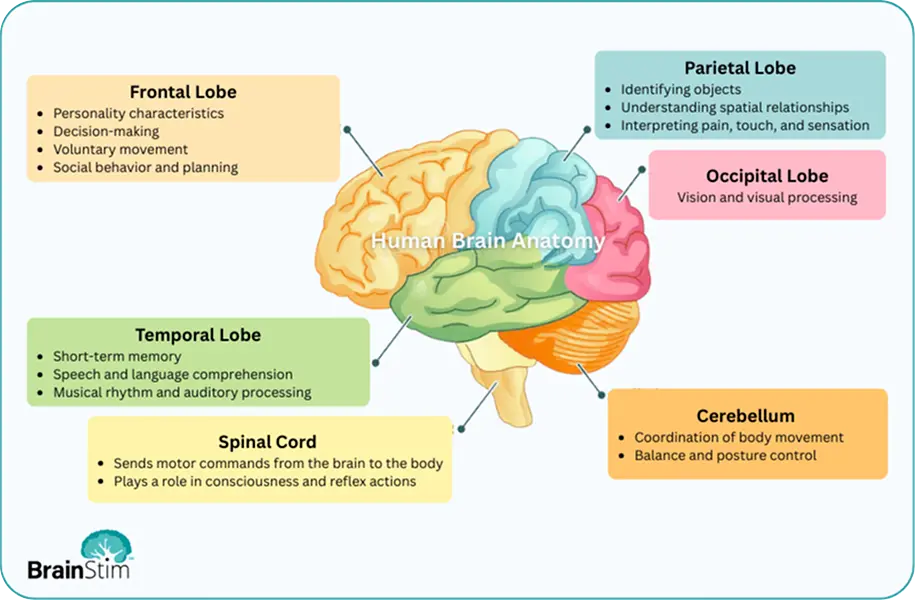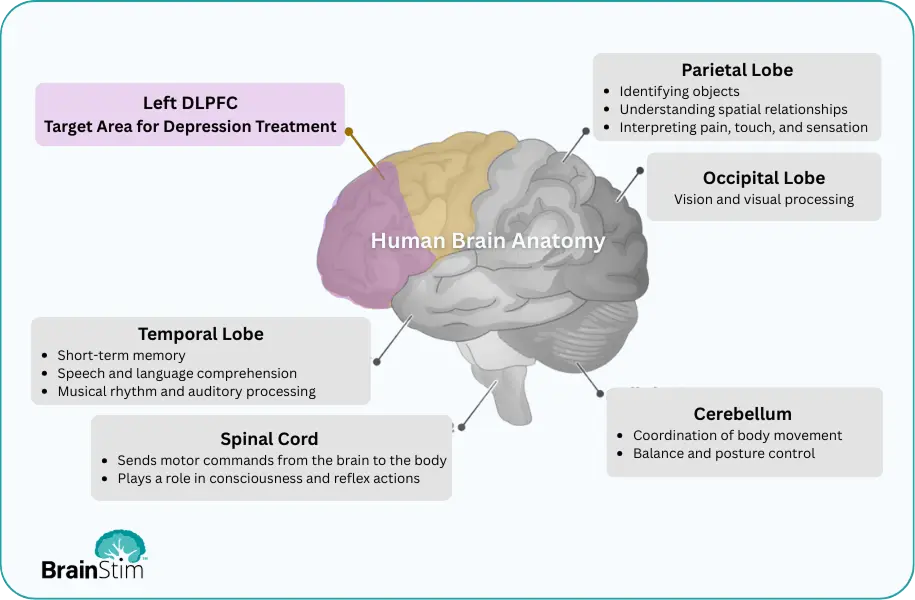Depression is a complicated mental health disorder that impacts millions of individuals across the globe. While many find relief through standard treatments like antidepressants or psychotherapy, these approaches don’t work for everyone. For individuals living with treatment-resistant depression, Transcranial Magnetic Stimulation (TMS) offers an innovative and effective alternative. If you've been looking up "TMS near me," you're likely curious about how it works and if it could help you.
Let’s break down what TMS therapy involves and how it can make a meaningful difference.

Transcranial Magnetic Stimulation (TMS) is a non-invasive, FDA-cleared method that uses magnetic fields to activate areas of the brain involved in mood regulation. Unlike medications that affect the whole body, TMS therapy for depression focuses directly on specific brain regions, which can reduce unwanted side effects and increase effectiveness.
Expanding Your Mental Health Treatment Options
In addition to TMS therapy for depression, many individuals explore other evidence-based options to support their mental health journey.
These may include TMS applications for ADHD and PTSD, mindfulness-based stress reduction (MBSR) programs to help manage anxiety and mood, and personalized care plans that combine psychotherapy, medication management, and holistic techniques.
These complementary approaches can enhance the overall effectiveness of treatment and promote long-term well-being.
The human brain is divided into distinct lobes, each responsible for specific cognitive and physical functions from memory and decision-making to movement, speech, and vision. Among these, the frontal lobe plays a key role in emotional regulation, social behavior, and planning. Within the frontal lobe lies the left dorsolateral prefrontal cortex (DLPFC) a region strongly associated with mood control and often found to be underactive in individuals with depression. Modern treatments like Transcranial Magnetic Stimulation (TMS) target this area to restore healthy brain activity and reduce depressive symptoms. By better understanding brain anatomy, we can appreciate how neuroscience is helping shape innovative approaches to mental health care.



💡 Delivers Magnetic Pulses
🧠 Targets Brain's Mood Centers
🎯 Focused on Left DLPFC
⚡ Boosts Neural Activity
😊 Helps Relieve Depression
TMS sends magnetic pulses to the prefrontal cortex, a region closely connected to emotional balance and mood regulation.
It encourages the brain to increase the release of dopamine, serotonin, and norepinephrine, which are essential for emotional health.
Over time, TMS enhances neuroplasticity, helping the brain rebuild and strengthen pathways that improve mental wellness.
Long-lasting results: Most maintain benefits for at least 1 year.
Safe & well-tolerated: Less than 5% stop due to side effects FDA-approved for Depression, OCD, Depression with Anxiety
A licensed provider will evaluate your symptoms and determine if TMS therapy is appropriate for your needs.
Sessions typically last 20 minutes for Standard dTMS Protocol and 4 minutes for iTBS (Intermittent Theta Burst Stimulation), during which you’ll sit comfortably while a device sends magnetic pulses to your scalp.
Many individuals begin noticing improvements in mood and energy within 2 to 4 weeks of consistent sessions.
To preserve the results, some patients may return for occasional follow-up treatments.
Yes—TMS therapy for depression is FDA-approved and well-tolerated. While some patients experience minor side effects like scalp sensitivity or mild headaches, these effects typically disappear shortly after the session.
Hello 👏
How can I assist you today?